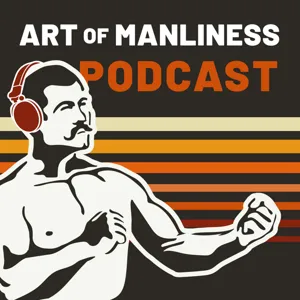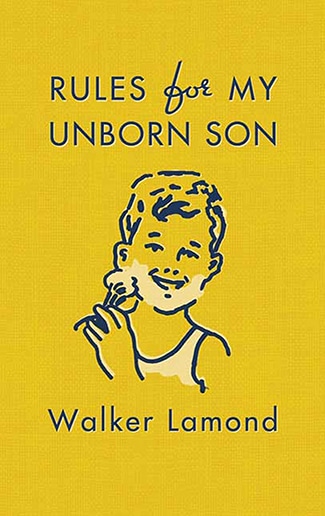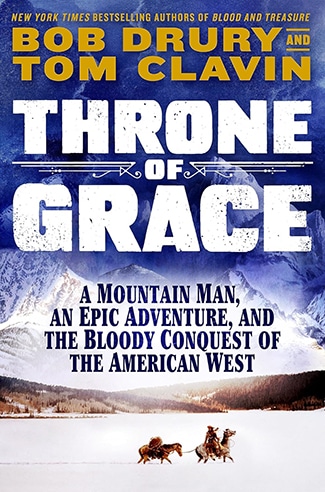Podcast Summary
Optimizing Tools and Teams: Implementing strategies like organizing communication channels, optimizing meetings, and documenting processes can save hours of time each week and significantly increase productivity
Businesses and individuals can significantly increase their productivity by optimizing the use of the tools and teams they already have, rather than constantly seeking new apps or hiring more employees. Nick Sonnenberg, the founder and CEO of Leverage, emphasizes that people spend nearly 60% of their time on work-related tasks, and that inefficient communication, planning, and resource management can lead to wasted time. Sonnenberg's CPR (Communication, Planning, Resources) framework offers practical solutions for improving these areas, such as organizing communication channels, optimizing meetings, and documenting processes. By implementing these strategies, individuals and teams can save hours of time each week, leading to increased efficiency and reduced stress.
Managing administrative overhead: Minimizing team size and maximizing resource usage can lead to greater productivity and profitability by reducing administrative overhead or 'work about work'.
Effective productivity lies not just in doing the work itself, but also in managing the systems and resources that enable the work. The speaker's experience with various companies, from top coaches to poop spray manufacturers, revealed a common thread: everyone struggled with managing communications, planning, and resources. This administrative overhead, or "work about work," can take up a significant amount of time and energy, with Asana reporting that 58% of people's workday is spent on it. The speaker advocates for minimizing the size of teams and maximizing the use of existing resources, as adding more people increases complexity and potential for information loss. The exponential growth of connections in larger teams can lead to a "scavenger hunt" for information, making it harder to get things done efficiently. Instead, focusing on optimizing the use of tools and resources can lead to greater productivity and profitability, even for small teams.
Information Retrieval Optimization: Optimizing for the speed of information retrieval can save up to 10-20 hours per week per employee by investing a little extra time on the front end to ensure information is filed correctly and easily accessible. Aligning as a team on appropriate communication tools and keeping them organized can lead to similar time savings.
To improve productivity and efficiency in both personal and professional settings, it's essential to optimize not just for the speed of information transfer but also for the speed of retrieval. The constant scavenger hunt for information occurs when individuals prioritize using whichever tool is fastest for them in the moment. Instead, we should invest a little extra time on the front end to ensure information is filed correctly and easily accessible. This simple change can lead to significant time savings of up to 10-20 hours per week per employee. In business, this means aligning as a team on the appropriate "drawers" or tools for different types of communication and making a mutual commitment to keeping them organized. Similarly, in our personal lives, we can reduce the time spent on scavenger hunts by using one universal communication tool for external communication and keeping internal communication separate. By applying this Communication, Process, and Results (CPR) framework, we can significantly reduce the time spent on work about work and increase overall productivity.
Email vs Internal Communication Tools: Separating internal and external communication using tools like Slack or Microsoft Teams can create a more organized work environment by allowing conversations to be ordered by topic and reducing the need to constantly check various tools.
Using email only for external communication and implementing tools like Slack or Microsoft Teams for internal communication can make a company more effective. By separating internal and external communication, you create a more organized work environment. These tools allow conversations to be ordered by topic, making it easier to find relevant information. Additionally, automating messages to different channels can reduce the need to constantly check various tools. The speaker also emphasizes the importance of being selective about sending emails and using features like snoozing to manage your inbox effectively. Remember, the goal is not to delete emails, but to archive and defer them for later. Overall, this approach can help reduce distractions, increase productivity, and improve communication within a company.
Work Management and Planning: Effective work management and planning involve using the right tools for communication and tasks, minimizing meeting costs, and structuring meetings with agendas to reduce communication noise and enhance productivity.
Effective communication and planning are essential for productivity in today's digital work environment. While tools like Slack and Microsoft Teams are great for internal communication, they shouldn't be used for managing work tasks. Instead, work management tools help streamline workflows by providing a clear overview of projects, delegated tasks, and their statuses. Communication should be split into three categories: external, internal, and personal. External communication includes emails and client interactions, while internal communication is best suited for quick chats and informal discussions. Personal communication, such as text messages, can be managed using universal text messaging apps like text.com, which consolidate multiple messaging services into one dashboard. Planning is another crucial aspect of productivity. Meetings, for instance, can be costly, with an estimated $40 billion wasted annually. To minimize meeting costs, consider reducing the number of attendees, shortening meeting durations, and preparing agendas. Additionally, regularly reviewing and deleting unnecessary recurring meetings can help save time and resources. An agenda not only helps structure meetings but also reduces communication noise by providing a central place for non-urgent discussions and decisions. By following this holistic framework, teams can minimize communication overload, improve focus, and enhance overall productivity.
Effective communication and work management: Designated brainstorming places and work management tools help reduce distractions and improve internal efficiency. Meetings should be focused on specific issues and use tools like Loom and work management software for communication and progress tracking.
Effective communication and efficient work management are essential for productive meetings and a well-functioning team. Giving team members a designated place to brain dump ideas and using work management tools to manage tasks can help reduce distractions and improve internal efficiency. Meetings should be used for specific issue discussions and avoiding report-outs, while tools like Loom and work management software can streamline communication and project progress tracking. By implementing these practices, teams can avoid the chaos of managing tasks through email and text chains and ensure that important information is easily accessible and up-to-date.
Holistic framework for productivity: A framework using communication, planning, resource management, and intellectual property storage tools can improve efficiency and save time in both personal and professional life. Small time-saving wins add up to significant productivity gains.
Implementing a holistic framework using tools for communication, planning, and resource management can significantly improve efficiency in both personal and professional life. By creating and utilizing a wiki or SOP for storing intellectual property, individuals and teams can reduce conversations and noise, save time, and increase turnkey operations. Additionally, focusing on small time-saving wins, such as keyboard shortcuts, can add up to substantial productivity gains over time. For example, teaching inbox zero techniques can save an average of 10 minutes a week, resulting in thousands of dollars in productivity gains for a team. By applying this mindset and utilizing available tools effectively, individuals can make meaningful differences in their daily lives.
Daily digital routines: Reducing tabs, using password managers, stacking tasks, outsourcing, and utilizing AI tools can lead to significant time savings in daily digital routines
Small changes in our daily digital routines can lead to significant time savings when added up over time. This can be achieved through various methods such as reducing the number of tabs kept open, using password managers, and employing tab management tools. Another effective strategy is to "stack" tasks, like listening to a podcast while making a protein shake or taking a call during a walk. Additionally, outsourcing tasks that are time-consuming but not valuable to your work can be a worthwhile investment. Lastly, utilizing voice commands and AI tools for note-taking and creating standard operating procedures can streamline processes and increase efficiency. Adopting a mindset of continuous improvement and being aware of the value of your time can lead to substantial time savings in the long run.
Data strategy for AI: Effectiveness of AI is directly related to the quality and accessibility of data it uses. Implementing a strategy like CPR (Collect, Process, and Reference) can help ensure AI tools have necessary information for efficient performance.
As we continue to rely on technology, specifically AI, for various tasks, having a well-organized and accessible data strategy will be crucial for maximizing its potential. Nick Sonnenberg, author of "Come Up For Air," emphasized this point during our conversation. He explained that AI's effectiveness is directly related to the quality and accessibility of the data it uses. Therefore, implementing a strategy like the CPR framework (Collect, Process, and Reference) can help ensure that AI tools have the necessary information to perform tasks effectively and efficiently. To learn more about Nick's work and the book, visit comeupforair.com/AOM. Additionally, check out getleverage.com for operational efficiency training. Remember, the best way to stay updated on AOM is by signing up for our newsletter at artofmanliness.com. Don't forget to share the podcast with a friend or family member and leave a review if you haven't already. Until next time, this is Brett McKay, reminding you to put what you've learned into action.








